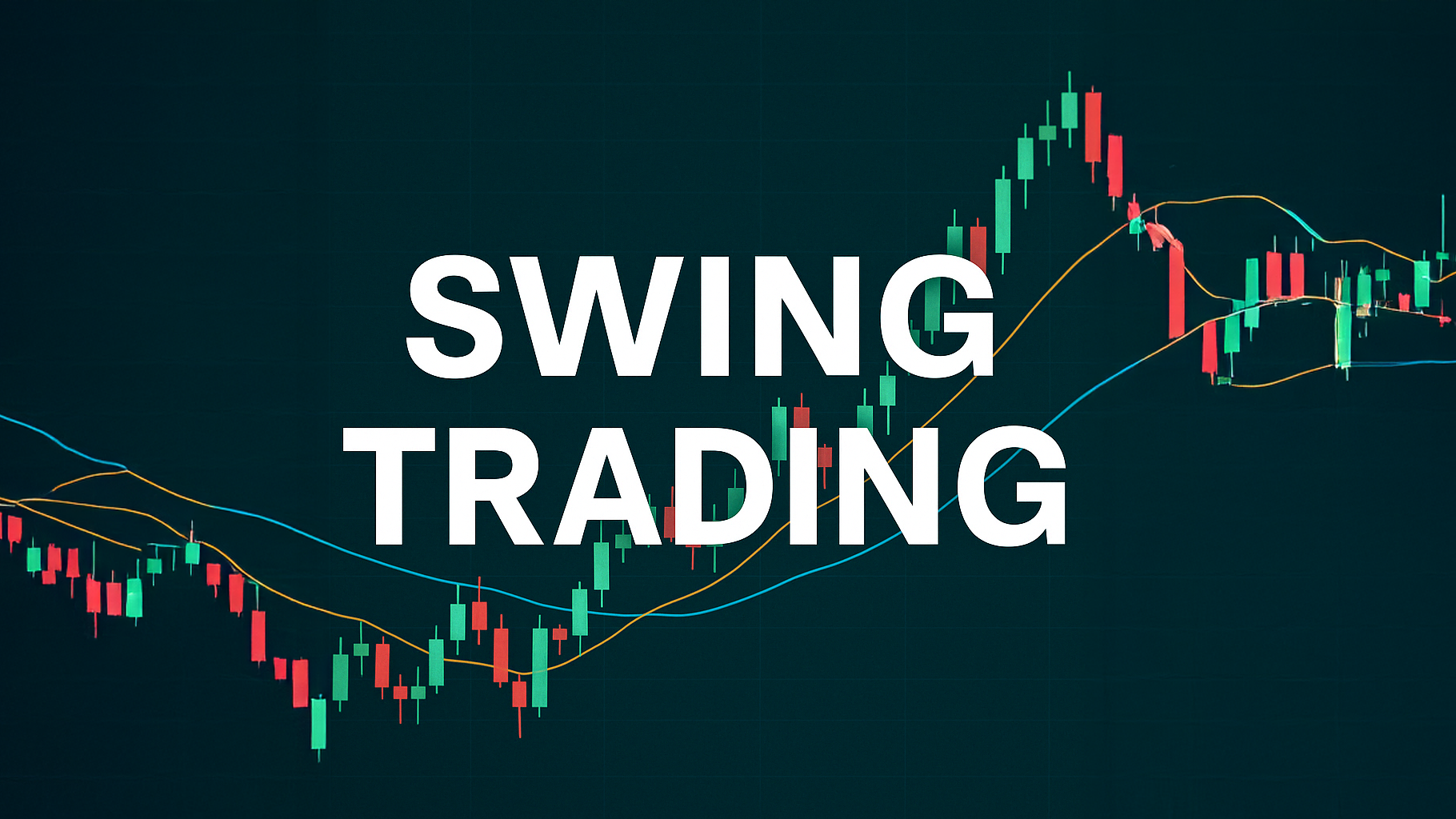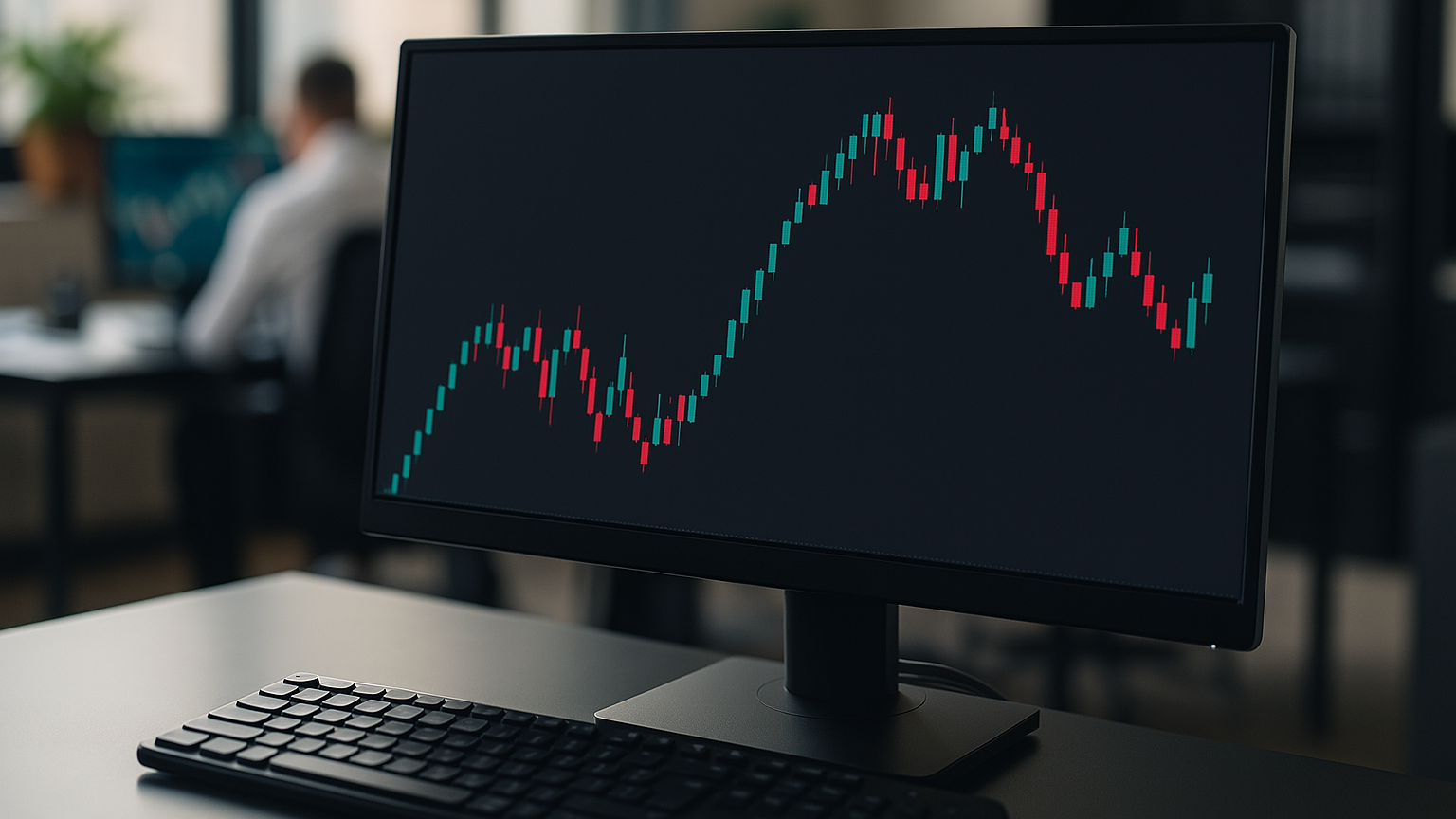Explore how AI trading agents are reshaping financial markets with unmatched speed and precision, while highlighting the need for human oversight.
In today’s rapidly evolving AI landscape, breakthroughs are not only redefining what machines can do—they’re also reshaping industries such as finance. Two prominent forces in this field, OpenAI’s deep research division and the emerging Chinese innovator DeepSeek, have adopted markedly different approaches to developing advanced language models. While both achieve impressive chain-of-thought reasoning and analytical prowess, their methodologies, investment scales, and operational philosophies diverge significantly. This article explores in detail how each works—including insights from OpenAI’s deep research initiatives—and examines how these innovations ultimately pave the way for practical applications, such as transforming raw trade ideas into actionable strategies with LuxAlgo’s AI Backtesting Assistant.
A Tale of Two Approaches
OpenAI Deep Research
OpenAI’s deep research team is dedicated to pushing the boundaries of what artificial intelligence can achieve. According to their “Introducing deep research” page, this division harnesses the power of diverse and expansive datasets gathered from multiple internet sources to train models that excel at reasoning and complex problem-solving. Their approach is characterized by:
- Scale and Infrastructure: Leveraging massive compute clusters and billions of dollars in investment, OpenAI’s deep research builds state-of-the-art models that process and understand enormous amounts of data—from literature and code to scientific articles.
- Data Aggregation and Curation: Using sophisticated web-crawling, filtering, and data-cleaning techniques, the team aggregates information from various online sources. This vast and diverse dataset is then used in unsupervised learning, fine-tuning, and reinforcement learning processes to ensure a deep contextual understanding.
- Advanced Training Techniques: With an emphasis on chain-of-thought reasoning, OpenAI’s models are trained to break down complex tasks into sequential steps. Although this process is computationally expensive, it significantly enhances accuracy and nuanced problem-solving.
- Proprietary Innovation: Much of the research is proprietary, reflecting high-investment, risk-tolerant strategies that push technological boundaries—albeit at a premium cost.

DeepSeek
In contrast, DeepSeek represents a leaner, more agile strategy. Developed by a Chinese startup on a significantly lower budget—reportedly around six million dollars—DeepSeek emphasizes efficiency and innovation under resource constraints. Its key features include:
- Cost-Efficient Engineering: DeepSeek focuses on maximizing efficiency. By employing optimized model architectures and resource-savvy training techniques, it delivers robust performance without the need for massive investments in hardware.
- Optimized Chain-of-Thought Reasoning: Similar to OpenAI’s approach, DeepSeek leverages chain-of-thought reasoning to solve complex problems. However, its method is tailored to extract maximum value from limited resources, often matching or exceeding the performance of higher-budget models.
- Quasi-Open Methodology: Embracing a more accessible, quasi-open approach, DeepSeek encourages collaboration and broader adoption, making advanced AI capabilities available at a lower cost.
- Focused Specialization: By narrowing its focus to key tasks like mathematical reasoning and programming, DeepSeek hones its model’s abilities for specific challenges, achieving high accuracy in targeted benchmarks.
Comparison at a Glance
| Aspect | OpenAI Deep Research | DeepSeek |
|---|---|---|
| Budget & Scale | Billions of dollars; massive compute clusters | Approximately six million dollars; lean operations |
| Data & Training | Extensive, diverse datasets aggregated from multiple internet sources; rigorous unsupervised and reinforcement learning methods | Targeted, efficient datasets; optimized training with a focus on resource efficiency |
| Computational Approach | Resource-intensive; advanced chain-of-thought reasoning with high compute overhead | Efficient chain-of-thought reasoning using innovative architecture designs |
| Model Accessibility | Proprietary models with high usage costs | Quasi-open models with lower or free access |
| Innovation Philosophy | High-investment, risk-tolerant research pushing technological boundaries | Cost-effective, agile innovation maximizing available resources |
From Trade Ideas to Action with LuxAlgo’s AI Backtesting Assistant
The implications of these contrasting AI strategies extend far beyond academic research—they are poised to transform practical applications in industries like finance. Whether you admire OpenAI’s expansive, high-budget research or DeepSeek’s resource-efficient ingenuity, the underlying takeaway is clear: advanced AI can uncover patterns and generate insights that empower smarter decision-making.
For traders, this translates into having access to tools capable of swiftly analyzing vast amounts of market data and identifying promising opportunities. LuxAlgo’s AI Backtesting Assistant exemplifies this potential by bridging the gap between raw trade ideas and actionable strategies. Here’s how it works:
- Smart Data Analysis: The assistant scans live market data and thousands of trading strategies—similar to how deep research models process diverse data to detect subtle patterns—ensuring that no promising opportunity goes unnoticed.
- Rigorous Backtesting: By simulating historical trading conditions across various timeframes (such as 5 minutes, 15 minutes, and 1 hour), the tool provides detailed performance metrics including win rates, drawdowns, and profitability. This ensures that every trade idea is thoroughly vetted before execution.
- Actionable Insights: The analysis equips traders with a clear understanding of potential risks and rewards, allowing for the fine-tuning of strategies or even automated trade execution. This effective translation of advanced AI research into practical trading applications is what makes LuxAlgo’s tool indispensable.

In summary, while OpenAI’s deep research and DeepSeek each push the boundaries of AI through different methods—one through massive investment and comprehensive data aggregation, the other via lean, efficient engineering—both are instrumental in driving smarter, data-driven decision-making. LuxAlgo’s AI Backtesting Assistant harnesses these innovations to transform groundbreaking trade ideas into robust, executable strategies, ultimately empowering traders to make informed decisions and optimize their performance.
Happy trading, and here’s to leveraging advanced AI research for real-world success!







